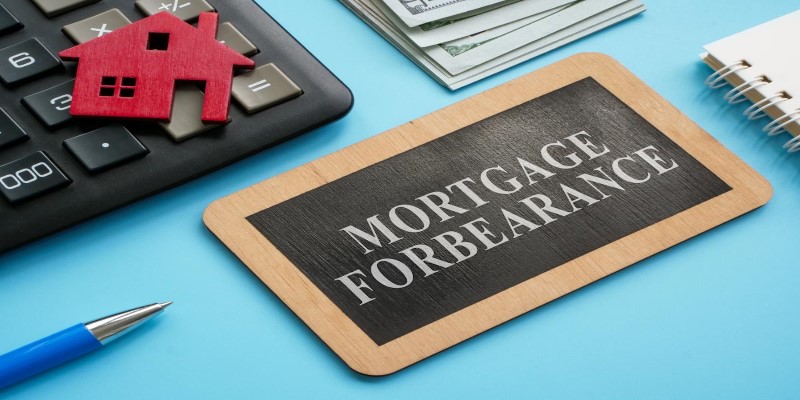Texas has long drawn people with its wide-open spaces, job opportunities, and reputation for being more affordable than coastal cities. But moving to Texas isn’t just about lower home prices or no state income tax. The true cost of living in Texas depends on where you settle, how you live, and what you value.
Your spending can vary more than you think, from housing and healthcare to utilities and groceries. If you're wondering whether a move will stretch your dollar or squeeze it, it's worth breaking down the everyday numbers.
Housing: The Big Swing Factor
People often think of housing first when talking about the cost of living. In Texas, this is where things get both promising and unpredictable. The statewide median home price is lower than the national average, which is one reason many people are still moving in. But where you choose to live changes the story dramatically. A house in Dallas or Austin can easily run well above $400,000, especially in walkable neighborhoods near tech hubs or good schools. In contrast, a home in Lubbock or McAllen might cost half that—or less.
Rent follows a similar pattern. In cities like Houston or San Antonio, the average monthly rent for a one-bedroom apartment in 2025 hovers around $1,300. In smaller towns, it could drop to under $900. But demand is strong in metro areas, and rent hikes aren't slowing as fast as some had hoped. Property taxes also affect the real cost of homeownership. Texas doesn’t have a state income tax, but local property tax rates are among the highest in the country—often topping 2% of the home’s appraised value each year.
Utilities, Groceries, and Transportation
Utility costs in Texas can sneak up on you. Summers get hot, and running the air conditioning for months is not optional. Depending on the size and efficiency of your home, your electric bill could average between $150 and $250 per month during peak season. Water bills vary by city, and some places, like Austin, include tiered pricing based on usage. Natural gas and internet tend to align with national averages, but rural areas may see fewer choices or higher fees.

Grocery prices in Texas are close to the national average, with some regional variation. Chain stores like H-E-B offer decent pricing and quality, helping keep costs down for everyday shoppers. However, access to affordable fresh produce and specialty goods can be limited depending on where you live, especially in rural counties.
Texas is a driving state. Public transit options are limited in many towns and major cities, so owning a car is often necessary. Gas prices tend to be below the national average, partly thanks to local refining capacity. However, insurance premiums in Texas are relatively high, especially in urban areas. Maintenance costs, registration fees, and toll roads also add up, making transportation a more significant part of the monthly budget than some expect.
Healthcare and Education Costs
Healthcare in Texas can be a mixed bag. On one hand, the state has world-class medical centers and top-rated hospitals. On the other hand, Texas ranks among the highest in the country in terms of the number of uninsured residents. If you're covered through your employer, premiums might be manageable, but out-of-pocket costs for prescriptions, visits, and deductibles can still run high. For those purchasing insurance on the marketplace, Texas tends to have lower premiums than others, but the affordability depends on the plan and your income level.
Education is another major cost consideration, especially for families. Public school quality varies widely across the state. Districts in suburban areas like Plano or The Woodlands tend to score well, but rural or lower-income urban districts may struggle with funding and outcomes. For those considering private school, tuition ranges from $8,000 to $20,000 per year, depending on the school and grade level.
College tuition at public universities is generally lower for in-state residents, with the University of Texas and Texas A&M offering solid programs at relatively accessible prices. Still, costs for books, housing, and fees can push total expenses well above $20,000 a year, especially for students living away from home.
Quality of Life and Hidden Expenses
Texas offers a unique blend of benefits and drawbacks that aren't always captured in raw numbers. The weather is warm most of the year, which many see as a plus. But heatwaves, droughts, and occasional severe storms or floods can bring added costs—from higher utility bills to home repairs. Property insurance has recently increased, especially in coastal or storm-prone areas.

Sales tax is another piece of the puzzle. Texas doesn't have a state income tax, which many find appealing. However, the state makes up for it with a base sales tax rate of 6.25%, which local jurisdictions can push up to 8.25%. That means everyday purchases—clothes, electronics, appliances—come with a higher final price than expected.
For retirees or remote workers moving from other states, the lower home prices and lack of income tax may seem like a financial win. But high property taxes, insurance premiums, and summer electricity bills often narrow that gap. Still, there are ways to manage costs by choosing the right town, adjusting your lifestyle, and taking advantage of local resources.
The true cost of living in Texas isn't just a math problem. Your priorities shape whether it's space, weather, schools, or your ability to work remotely. For some, it offers a good balance of affordability and opportunity. It may feel like a tradeoff for others, especially those used to better infrastructure or public services.
Conclusion
The true cost of living in Texas depends on where you live and how you spend. While the lack of state income tax and lower home prices are attractive, high property taxes, utility bills, and transportation costs can add up. Life in Texas can be affordable, but it's not one-size-fits-all. Weigh the tradeoffs carefully before deciding if the lifestyle and expenses match what you want in a move.












